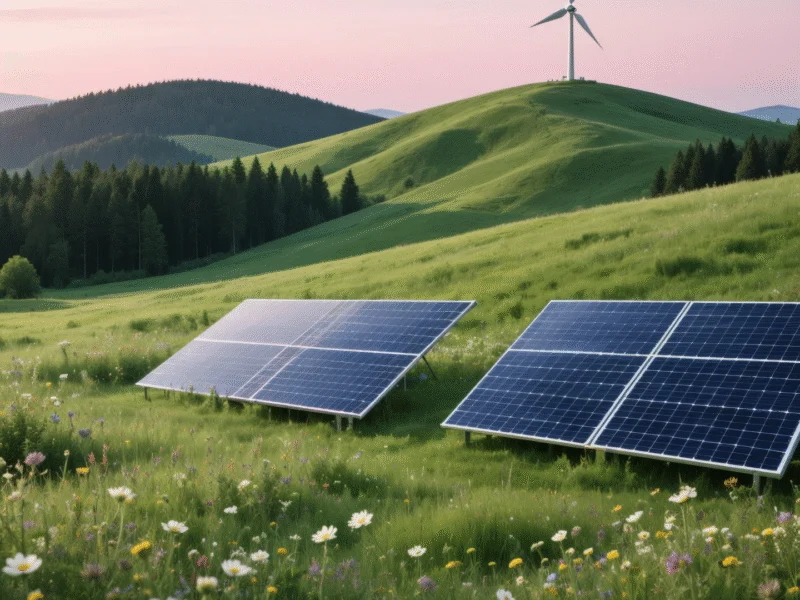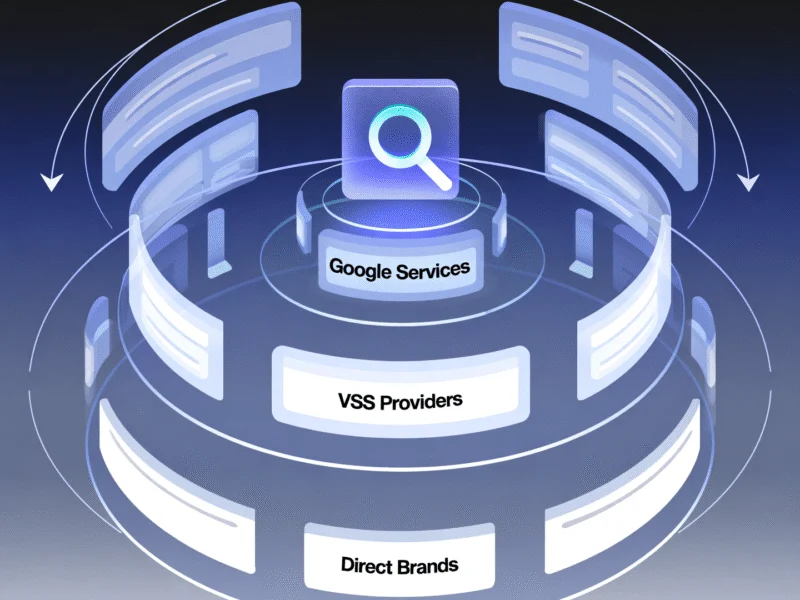Apple Ramps Up Renewable Energy Projects in Five European Nations
In a significant move toward its 2030 carbon neutrality goal, Apple has announced a major expansion of green energy investments across five European countries. The tech giant revealed new large-scale solar and wind projects in Greece, Italy, Latvia, Poland, and Romania that are expected to add 650 megawatts of renewable energy capacity to European electrical grids. This expansion comes as the company continues to demonstrate corporate leadership in sustainable energy development while simultaneously announcing new environmental education initiatives in China.
The European projects represent a substantial commitment to clean energy infrastructure, with Apple enabling developments that will unlock more than $600 million in financing. According to the company’s announcement, these initiatives will generate over 1 million megawatt-hours of clean electricity annually by 2030, directly addressing the electricity consumption of European Apple product users. This strategic move aligns with broader global technology sector trends where major corporations are increasingly investing in sustainable infrastructure to support their operations and environmental commitments.
Detailed Breakdown of European Renewable Energy Projects
Greece: Apple has established a long-term power procurement agreement with HELLENiQ ENERGY for a 110MW solar project that is now fully operational. This significant solar installation will support Greece’s ongoing transition toward renewable energy sources and represents one of the country’s substantial corporate-backed clean energy initiatives.
Italy: The company is supporting the development of a diverse 129MW portfolio comprising both solar and wind projects. The initial phase includes a solar project in Sicily scheduled to become operational this month, with additional projects following in the coming years to strengthen Italy’s renewable energy grid.
Poland and Romania: In Poland, which hosts one of Europe’s most carbon-intensive energy grids, Apple has enabled Econergy’s 40MW solar array scheduled for operation later this year. Simultaneously, the company will procure power from Nala Renewables’ 99MW wind farm in Romania’s Galați County through a long-term agreement facilitated by OX2, which is currently constructing the project. These investments come amid increasing financial sector involvement in sustainable energy projects across emerging European markets.
Latvia: Apple has secured one of Latvia’s pioneering corporate power purchase agreements with European Energy. This long-term arrangement will source electricity from one of the country’s largest solar farms to date, contributing 110 MW of clean power capacity to Latvia’s grid upon completion.
Environmental Education Initiative in China
Complementing its European energy expansion, Apple announced a substantial donation program to Tsinghua University aimed at advancing environmental education in China. The funding will establish a comprehensive school-wide program designed to equip students with the knowledge and skills necessary to drive sustainable innovation throughout their careers. This educational initiative reflects Apple’s holistic approach to environmental stewardship, combining direct infrastructure investment with programs that cultivate future sustainability leadership.
Apple CEO Tim Cook emphasized the company’s commitment to this dual approach, stating that environmental responsibility extends beyond corporate operations to include supporting the next generation of environmental innovators. The China program specifically focuses on providing practical education that enables students to implement sustainable solutions across various industries and sectors.
Broader Context and Industry Implications
These announcements build upon Apple’s established track record of renewable energy leadership, including the recent activation of a 131MW solar array in Segovia, Spain that the company helped enable. The European projects collectively represent a strategic approach to addressing regional energy needs while advancing global sustainability objectives. The timing of these investments coincides with growing emphasis on skilled workforce development in renewable energy sectors, creating potential employment opportunities in local communities.
The scale of Apple’s commitment—3,000 gigawatt-hours of renewable energy added to European grids annually by 2030—demonstrates how major corporations are increasingly driving renewable energy adoption through direct investment and power purchase agreements. This corporate leadership in renewable energy development occurs alongside broader technological transformations affecting global industries, highlighting the interconnected nature of sustainability, technology, and economic development.
As Apple progresses toward its ambitious 2030 carbon neutrality target, these European and Chinese initiatives represent significant milestones in corporate environmental responsibility. The comprehensive approach—combining direct renewable energy infrastructure development with educational investment—establishes a model that other technology companies may emulate as they address their own environmental impact and sustainability commitments.



